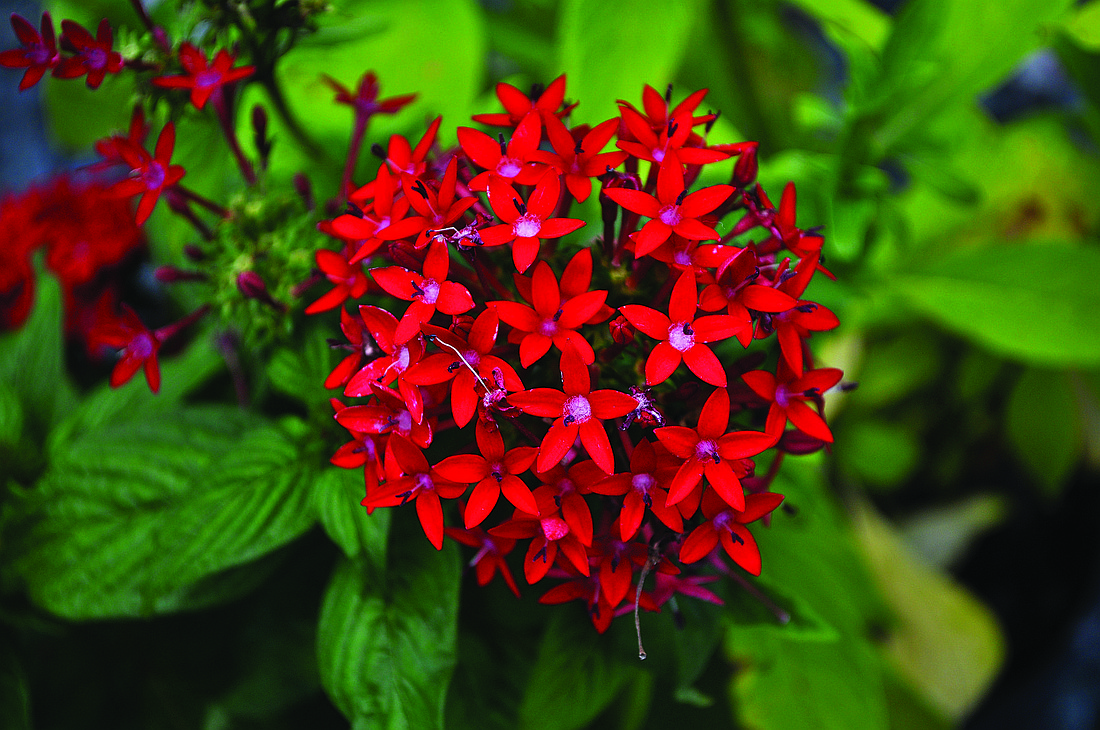- November 5, 2025
-
-
Loading

Loading

The subject of dwarf plants and their use in the landscape set off a thought in my mind about that Holy Grail of landscape clients, the “low maintenance” landscape. Everybody wants a landscape that requires no maintenance.
Clients will ask: “What’s a bush that grows to about 4 feet and then stops, flowers constantly, requires no watering, fertilizing, pest or disease control and is resistant to freeze, drought and deluge?”
My answer to this query is: “Silk or plastic?”
The landscaper’s job is to find plant material that will work in a given environment and suit the client’s aesthetic and horticultural taste. He or she must make educated guesses based on experience and introduce the ideas to the client. Together the final decisions will require both parties to take a risk: the client investing and trusting that the landscaper will make the right suggestions and the landscaper reasonably guaranteeing that the job will succeed and the client will be pleased with the results. This is what makes landscaping challenging, interesting and rewarding.
Getting back to planting dwarf plants, they are an excellent way to create a low layer of foliage and flowers that will require less maintenance than their larger relatives. Dwarf India hawthorn, red and yellow dwarf ixora, liriope, pentas, the ground junipers and ilex schillings are some examples of shrubs that will remain compact with just a little occasional shearing. These are some of the first plants I suggest when a client is looking for a low-growing base layer in the composition of a landscape that will be slightly higher than a ground cover but shorter than an intermediate-sized or large plant. They can easily be kept to a height of 2 feet or less.
So, next time you’re thinking of planting a shrub that requires no maintenance, choose a dwarf. It’s the next-best thing!
PLANT OF THE MONTH
Every once in a while in my travels, I am stopped in my tracks by a plant that is stunningly beautiful. This happened recently at one of my client’s homes when a bleeding heart vine suddenly erupted in an abundance of red and white flowers. I have never seen this particular plant or any other of this species look better.
Clerodendrom thomsoniae needs some support, such as a lamppost provides. Though I maintain one at a height of about 4 feet, if taller support is provided, it can grow to a height of up to 15 feet. It prefers rich soil and a shady location. Mine is actually growing under a dense oak canopy, which probably gave it adequate protection from the recent years’ cool snaps.
With a little fertilization a couple of times a year and adequate moisture, it will grow rapidly, requiring fairly frequent light trimming to keep it compact. The rich, verdant foliage is shaped like elongated, oval hearts and will produce cycles of bloom during the warmer months. The blossoms are deepest red with pure white calyxes.
Rick Wielgorecki has been doing landscape consultations, installations and maintenance since 1977 in Sarasota and can be reached at 362-0600 or wielgo@hotmail.com.